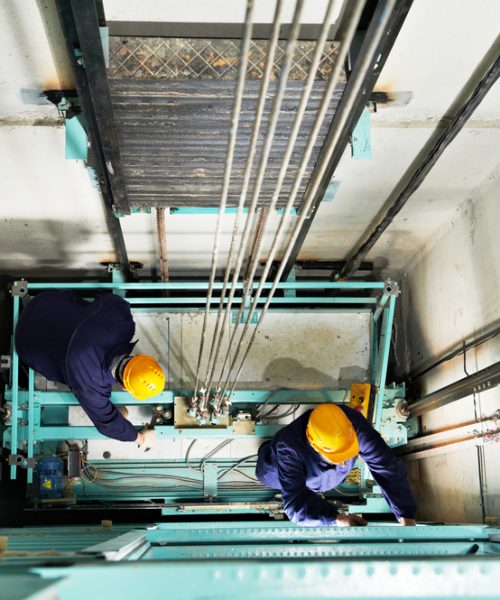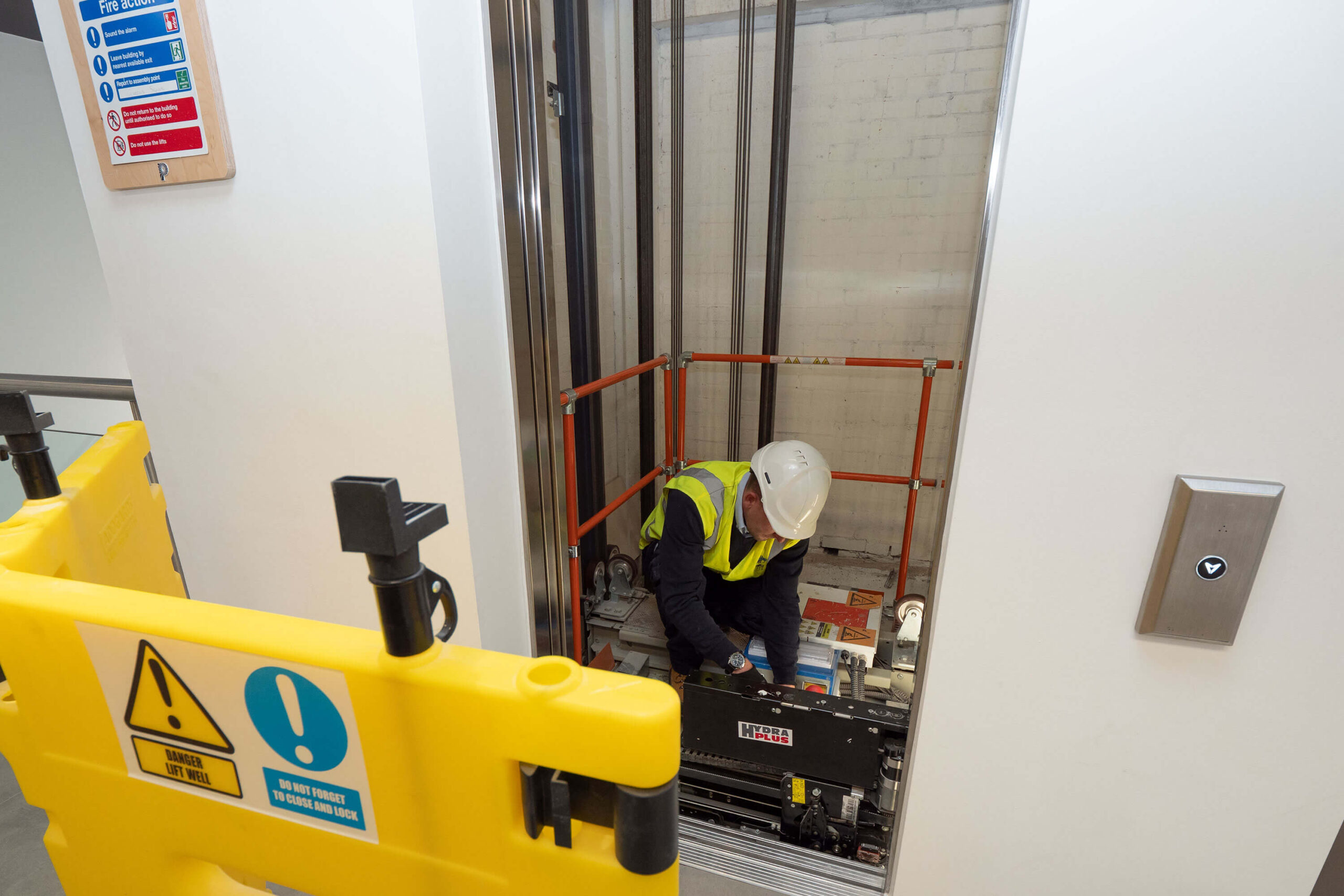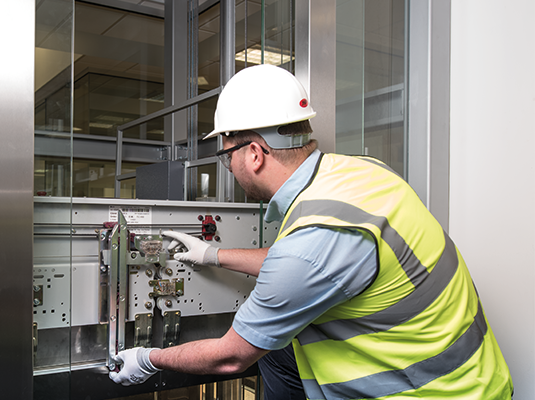Comprehensive Upkeep Checklist for Ensuring Ideal Efficiency of Platform Lifts for Impaired Individuals
Maintaining the optimal efficiency of platform lifts designated for people with disabilities is a crucial element of ensuring their safety and ease of access. The dependability of these lifts is vital, and a detailed maintenance checklist can help in supporting their performance - elevator maintenance. From regular evaluations to precise cleaning treatments, each step plays a significant role in ensuring that these lifts run efficiently and firmly. Nonetheless, there is a critical facet commonly ignored that can significantly impact the total efficiency and safety of these lifts.
Inspection and Cleaning Treatments
To ensure the ideal functioning and security of system lifts, detailed and regular inspection and cleansing treatments need to be faithfully followed. Routine examinations are necessary to identify any type of prospective concerns before they rise into major problems. Evaluations need to cover all components, including the mechanical parts, electrical systems, and safety features such as emergency brakes and sensors. Any type of indications of damage, uncommon sounds, or breakdowns need to be addressed promptly to maintain the lift's performance and avoid mishaps.

Lubrication and Greasing Methods
Normal upkeep of system raises prolongs past evaluations and cleaning up procedures to consist of the crucial aspect of lubrication and greasing methods for optimum performance and durability. Lubrication plays a critical role in ensuring smooth operation and protecting against wear and tear on moving components. When it comes to platform lifts for impaired individuals, appropriate lubrication is crucial to keep safe and reputable functionality.
To start, it is essential to utilize the appropriate kind of lube for each and every element of the system lift. Various parts may need certain lubricating substances such as silicone-based or lithium-based oils. Consistently checking the condition of the lubricant and guaranteeing proper levels are maintained is crucial to stop rubbing and rust.
In addition, oiling methods need to be performed adhering to maker guidelines and maintenance routines. Over-greasing or under-greasing can both lead to operational problems, so it is vital to strike the appropriate balance. By sticking to a comprehensive lubrication and oiling programs, platform lifts can operate efficiently, silently, and securely, ultimately benefiting the people who count on them for accessibility.

Electric System Checks and Checking
Upkeep of platform lifts consists of complete checks and extensive screening of the electric system to make sure optimum performance and security. The electric system is an important component of platform lifts for impaired individuals, as it powers the lift system and various safety features. Throughout maintenance, it is vital to check all electric links, electrical wiring, and parts for signs of wear, deterioration, or damage. Service technicians need to evaluate the functionality of essential electric components such as the control panel, sensors, visit their website emergency situation quit button, and power supply to identify any prospective concerns that could affect the lift's operation.
Regular testing of the electrical system is essential to avoid breakdowns, decrease downtime, and guarantee the security of lift individuals. This includes checking voltage levels, conducting insulation resistance tests, and verifying the proper functioning of backup power systems. Any type of abnormalities or variances from common operating criteria must be immediately dealt with to preserve the lift's reliability and compliance with security guidelines. By prioritizing extensive electrical system checks and testing as component of regular maintenance, platform lift proprietors can extend the life expectancy of their devices and offer a protected transportation remedy for people with click here for more specials needs.
Security Mechanism Verification

Additionally, the over-speed guv, a vital security function that avoids the lift from moving also promptly, must go through extensive testing to validate its performance. It is additionally vital to take a look at the interlock system that guarantees the doors are securely secured while the lift functions. Routine verification of these safety and security systems is critical in promoting the safety and security requirements of platform lifts and guarding the wellness of users.
Emergency Situation Preparedness and Response
In times of crisis, a well-defined emergency situation readiness and reaction plan is basic to making certain the safety and security and protection moved here of system lift individuals. Platform lifts are vital for making it possible for disabled individuals to gain access to various degrees of structures, making it imperative to have measures in area for emergency situations. By focusing on emergency situation preparedness and reaction, platform lift drivers can boost the overall safety and functionality of these vital accessibility tools for handicapped individuals.
Conclusion
Finally, normal maintenance of platform lifts is vital for making sure ideal performance and safety and security for handicapped individuals. lift service companies. By adhering to a detailed checklist that consists of assessment, cleansing, lubrication, electrical system checks, safety and security device verification, and emergency situation preparedness, the risk of breakdowns and accidents can be decreased. It is vital to prioritize upkeep to give a trusted and effective means of transport for individuals with handicaps